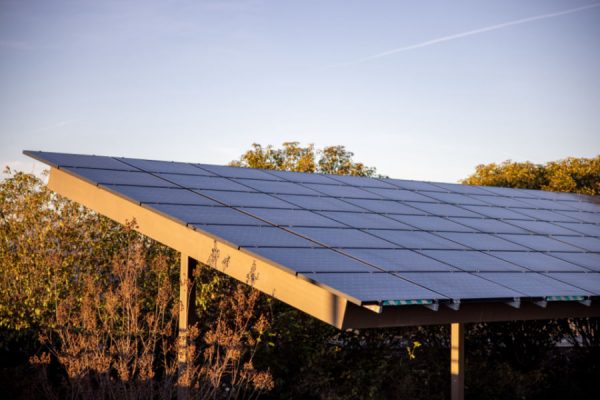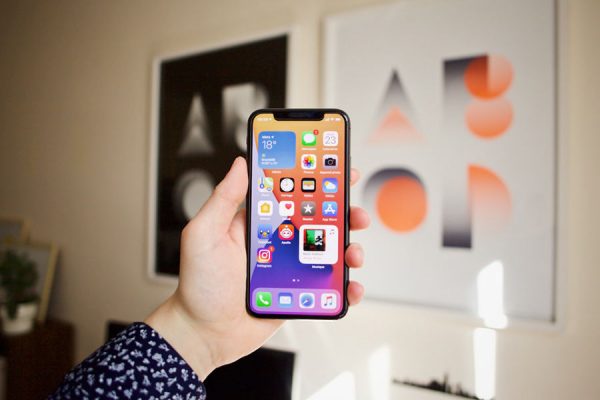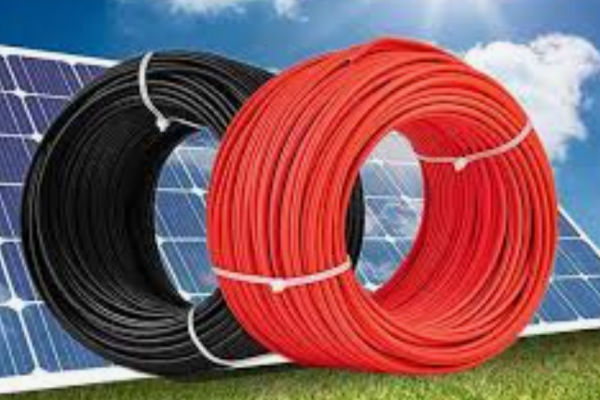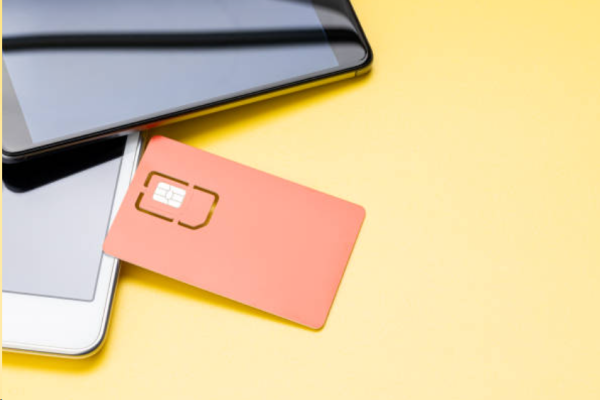Solar cables! Yep, you heard it right. These unsung heroes of the renewable energy world are the lifelines that connect your solar panels to the rest of your home’s electrical system. So, buckle up as we dive into the nitty-gritty of solar cables, specifically the En50618 solar cable and PV cable. Let’s get this party started with a little backstory.

Imagine you’re setting up a solar panel system on your rooftop. You’ve got these shiny new panels that are going to soak up all that sweet, sweet sunlight and turn it into electricity. But how do you get that electricity from the panels to your home? That’s where solar cables come in. They’re like the veins and arteries of your solar system, carrying the juice from the panels to your home’s electrical heart.
Now, let’s talk about the En50618 solar cable. This is a specific type of solar cable that’s been designed to handle the unique demands of solar energy systems. It’s got some pretty impressive specs. For starters, it’s got a super tough outer sheath that can stand up to all kinds of weather conditions. Sun, rain, snow – you name it, this cable can handle it. Plus, it’s got a high-temperature rating, which means it can keep performing even when the heat is on.
But what makes En50618 solar cable stand out from the crowd? Well, it’s all about the standards. This cable meets the rigorous standards set by the European Committee for Electrotechnical Standardization. That’s a fancy way of saying it’s been tested and approved to make sure it’s safe and reliable. So, when you’re looking at solar cables, and you see the En50618 label, you know you’re getting a cable that’s been put through its paces and come out on top.
Now, let’s switch gears and talk about PV cables. Short for photovoltaic cables, these are the workhorses of the solar panel world. They’re designed to handle the high voltages that come from your solar panels and deliver that power safely and efficiently to your home’s electrical system.
One of the key features of PV cables is their insulation. This is a big deal because it helps to protect the cable from damage and ensures that the electricity is transferred safely. The insulation on PV cables is typically made from materials like cross-linked polyethylene, which is known for its durability and resistance to heat and chemicals.
But what about the wiring inside the PV cable? Well, that’s another story. The conductors in a PV cable are usually made from copper or aluminum, and they’re designed to handle high currents without overheating. This is crucial because if the cable overheats, it can lead to a loss of efficiency and even potential safety hazards.
Now, let’s talk about the installation of these cables. When you’re setting up your solar panel system, you want to make sure that your En50618 solar cable and PV cable are installed correctly. This means making sure they’re properly secured and protected from any potential damage. You’ll also want to make sure they’re not exposed to any sharp objects or areas where they might be subject to physical stress.
Speaking of stress, let’s talk about the stress that solar cables can handle. En50618 solar cable and PV cable are designed to withstand a lot of stress, both from the environment and from the electrical system itself. They’re built to handle the high voltages and currents that come from your solar panels, and they’re also designed to resist the effects of UV radiation, which can degrade the performance of many materials over time.
But what happens if something goes wrong? Well, that’s where the safety features of En50618 solar cable and PV cable come into play. These cables are equipped with features like overload protection, which can help to prevent damage in the event of a power surge. They also have features like short-circuit protection, which can help to prevent fires and other safety hazards.
Now, let’s talk about the future of solar cables. As solar technology continues to advance, so too will the cables that support it. We’re likely to see advancements in materials and design that will make solar cables even more efficient and reliable. This could mean thinner, lighter cables that are easier to install, or cables that are even more resistant to environmental damage.
In conclusion, En50618 solar cable and PV cable are the unsung heroes of the solar energy world. They might not be as flashy as the solar panels themselves, but they’re just as important. They’re the workhorses that make sure your solar panels are able to deliver clean, renewable energy to your home. So, the next time you’re looking up at your solar panels, take a moment to appreciate the cables that are working hard behind the scenes to make it all possible.











Leave a Reply